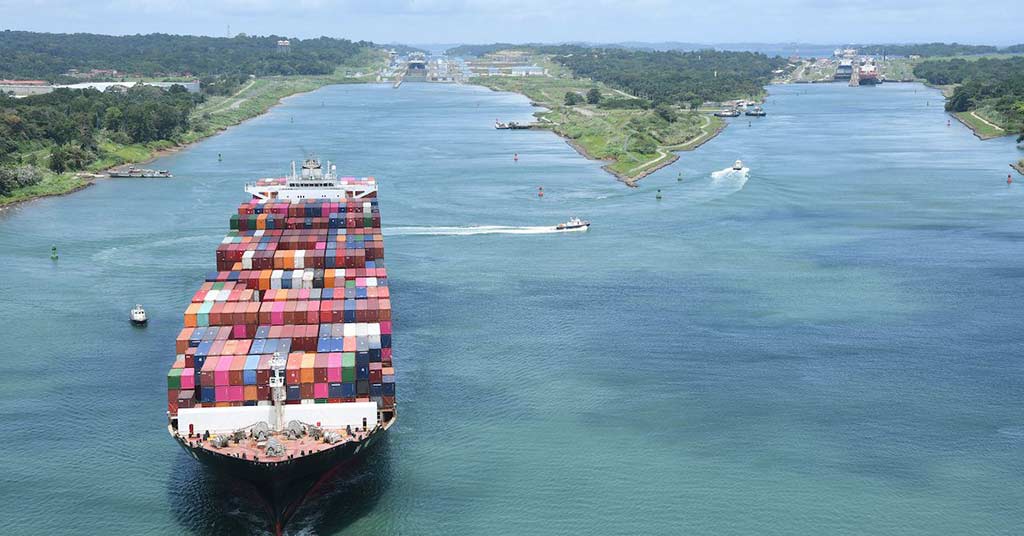Drought Crisis Escalates: Panama Enforces Shipping Restrictions to Combat Falling Water Level of Panama Canal
- 15-Jun-2023 12:02 PM
- Journalist: Bob Duffler
The Panama Canal has served as a crucial entry point for ships travelling across the world. The Panama Canal, which sees an average of 14000 vessels per year, allows ships travelling from the Atlantic to the Pacific Ocean to cut their journey by about 8000 nautical miles. Water supply shortages have recently affected the operation of the Panama Canal, forcing carriers to reduce their cargoes and pay higher prices.
In addition to lengthening transit times, this decrease in draft has also forced carriers to lighten loads, indicating that it will now require more ships to transport the same amount of cargo, which will drive up costs and can lead to a shortage of ships. From June 1, 2023, Hapag Llyod introduced the Panama Canal Charge (PCC) of USD 500 per container from East Asia to North America, Similarly CMA CGM also introduced a surcharge of USD 300 for all destinations. The introduction of this surcharge implies shippers who are paying on an average freight of around USD 1798 for a Forty feet equivalent unit from Shanghai to Los Angeles will now have to pay an additional USD 500.
Since a draft of 50 feet is normal, the largest vessel that transits the waterway, the Neo-Panamax vessel, has had its draft reduced to 44.5 feet as of May 24. This change in the draft for some containerships may also result in 40% less cargo, which could result in significant losses for the carriers. Apart from Hapag Llyod & CMA CGM there are many other carriers who have imposed container fees or declared weight limits effective from 1st June. Panamanian government has declared a climate emergency and they are speculating that the water levels of the canal may go further down to a draft of 43.5 feet which can worsen the situation even further.
Every year cargo worth of 240 billion dollars crosses it each year and around 90% of worlds LNG carriers uses the Panama Canal but due to this drought situation the transit of these LNG carriers will be affected, which will directly affect their prices.
Due to 50% less rainfall than typical from February to April near the canal and lakes that sustain the Panama Canal, which transports around 5% of all yearly global maritime traffic, trade will be delayed. The amount of rainfall in 2023 was comparable to the lowest amounts ever observed in 20 years, which occurred in 2019. The below level rain pattern has led to the speculation that the water level of lakes may continue to decrease over the years thus worsening shipping through the canal.


